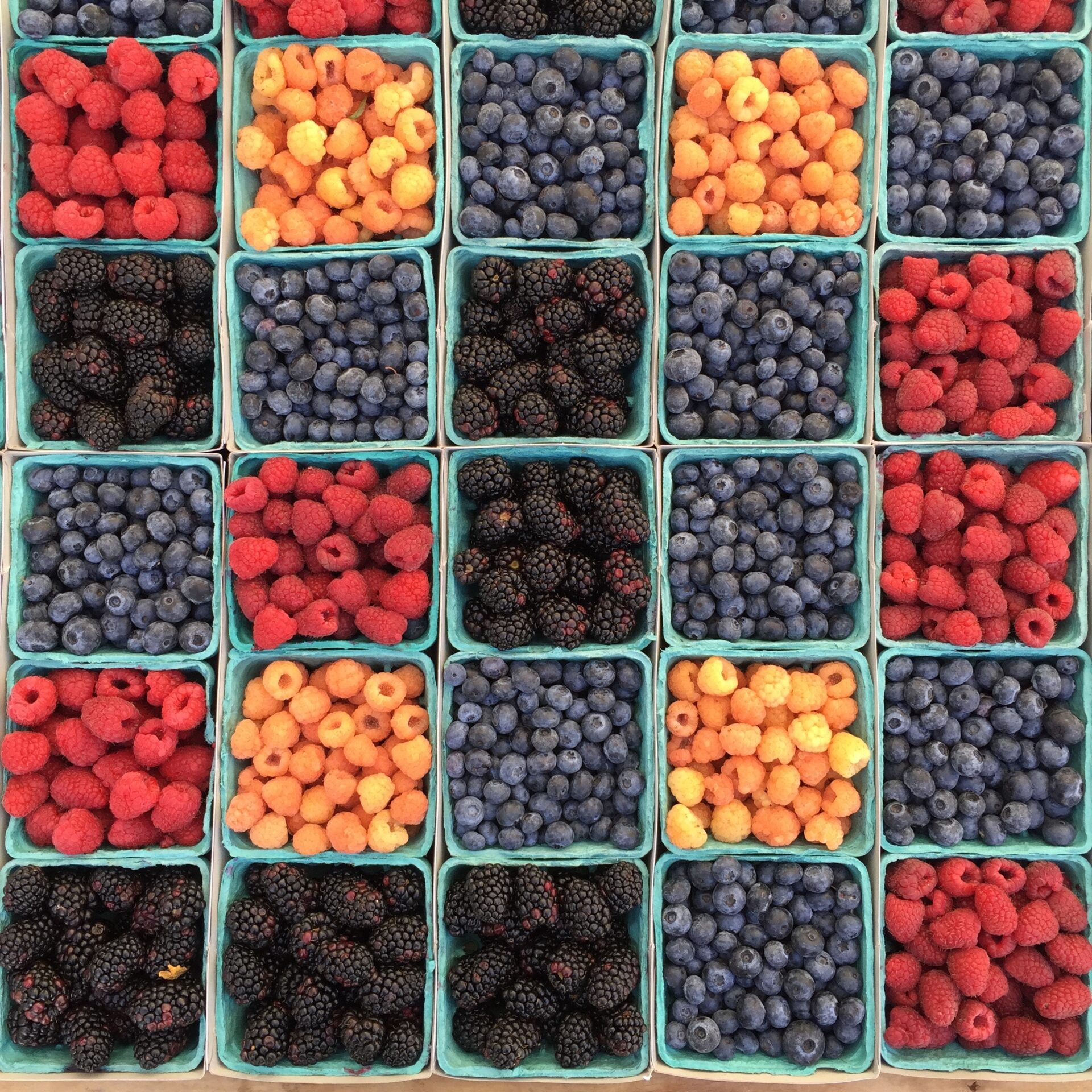Understanding the European fresh produce import market
Over the last few decades, a large number of developing countries have experienced rapid growth in their exports of fresh fruit and vegetables, developing from traditional tropical fruits such as bananas and pineapples, to include a broader array of fruits and vegetables. Emerging countries’ competitive characteristics have generally stemmed from a combination of agro-climatic and cost-of-labour advantages, and providing a cost-effective supply of traditional or more exotic vegetables throughout the year.
Europe has become one of the top strategic markets for tropical producers. It is one of the largest, wealthiest and most mature markets, with a population of more than 500 million consumers, who increasingly require year-round availability of fresh produce and with a growing demand for exotic fresh produce. Europe is now responsible for 45% of the global trade value of fresh fruit and vegetables and five of the global top ten importing countries are in Europe.
Netherlands Centre for Promotion of Imports (CBI) and FRUIT LOGISTICA, the international fresh produce trade fair, have released several reports on the European fruit and vegetable market, revealing who are the biggest producers, importers, and exporters during the last year.
What are the figures?
According to CBI, “the total import value from developing countries increased 38% in five years to 18.2 billion euros in 2018, which is significantly larger than the 3.1 billion euros in imports from developed, non-European countries”.
Europe is becoming more dependent on imports. According to Fresh Plaza, during 2018 the fruit and vegetable imports from non-EU countries grew by 7% in volume and during the last five years that growth has been constant.
Fresh fruit has a higher impact on the value of imports than fresh vegetables as Europe is much more self-sufficient in vegetables than in fruit. During 2018, imports of fresh vegetables from non-EU countries were 2.3 million tons, with tomatoes, potatoes and peppers among the top purchased products. While fruit imports from non-EU countries were 14.2 million tons, with bananas, pineapples and oranges as the top purchased products.
Who are the top importers?
- United Kingdom: is one of the most relevant markets for developing countries as it is highly dependent on the external supply of fresh F&V. According to CBI, during 2018 at least 40% of the UK’s fresh F&V imports came directly from developing countries, which makes it the second principal destination after the Netherlands.
- The Netherlands: is the important trade hub for fruit and vegetables, with significant re-exportation of tropical fruits. 20% of the F&V from emerging countries enters through the Netherlands to be distributed in Europe.
- Germany: has the largest import flows in the intra-European fruit and vegetable trade. In 2018, German companies imported a total of 9.2 million tons of F&V, 16% of the combined imports of all European countries. From developing countries, Germany imported 2.4 million tons of F&V and showed particular growth in avocados and blueberries.
- Belgium: similar to the Netherlands, it also re-exports high volumes of fruit & vegetables. It is currently the main logistics hub for bananas. It accounted for 7% of fresh fruit and vegetables from developing countries.
Who are the top exporters?
According to Eurostat, 2019, the fruit and vegetables imported to Europe came from a large number of countries, of which more than 70 developing countries supplied more than 1 million euros each. However, around two-fifths (44.8 %) of the total imported value came from just five countries: the United States (11.9 %), South Africa (8.9 %), Turkey (8.7 %), Morocco (8.2 %) and Costa Rica (7.0 %).
The best market opportunities in Europe are in products with rising popularity due to healthy lifestyles and which have insufficient or limited production in Europe. Also, there are opportunities for off-season products or to complement local supply. CBI highlighted a group of countries in developing countries that are experiencing fast growth with distinctive advantages: Peru, South Africa, Morocco, Egypt, India, Mexico and Guatemala. For instance, Peru and South Africa are strong counter-seasonal exporters and often large-scale producers. Guatemala has exported 134% more in 2018 than five years earlier due to an agreement with Europe, the banana exports combined with high demand products such as avocados, sugar snaps and limes.
Top exported fruits to Europe from emerging countries
- Banana: The top imported product to Europe, with around 950,000 tons of bananas from third countries during 2018. Colombia (24.2%), Ecuador (23.2%) and Costa Rica (19.0%). Belgium is the top re-exporter of bananas for Europe.
- Oranges. The second most imported fruit, with 2.7 million tons, of which 70% came from South Africa and Egypt. The main importing countries are the Netherlands, France and Germany.
- Pineapples: the third most imported fruit from developing countries, with around 950 million tons during the last year. The main supplier is Costa Rica (83%). The Netherlands is the top re-exporter of pineapple for Europe, but Germany, Italy, UK and Spain are increasingly importing directly.
- Mangoes: are one of the strongest imported products in the European market. The main exporters are Brazil and Peru (nearly 50%). The Netherlands is the main importer, of which 47% are destined to Germany.
- Avocados: top exporters are Peru, Chile, Mexico and Kenya, reaching a total of almost 300,000 tons. Avocados surpassed mangoes and pineapples in terms of import value from 2016.
- Grapes: South Africa (28.9 %), Turkey (18.5 %) and Chile (13.6 %)
- Fresh strawberries and other berries: New Zealand (18.1 %), Morocco (16.6 %) and Chile (16.1 %).
- Apples and pears: Chile (30.0 %), South Africa (26.3 %) and New Zealand (22.7 %)
- Cherries, apricots, plums and peaches: Turkey (35.6 %), South Africa (27.6 %) and Chile (16.3 %).
Top exported vegetables from emerging countries:
- Tomato: Morocco (75.2 %)
- Fresh pulses: Morocco (48.1%)
- Cabbages: Kenya (45.1%)
- Cucumbers: Turkey (30.9%)
- Lettuce: Egypt (24.2%)
- Onions & garlic: China (27.0%)
- Carrots: Israel (41.1%)



